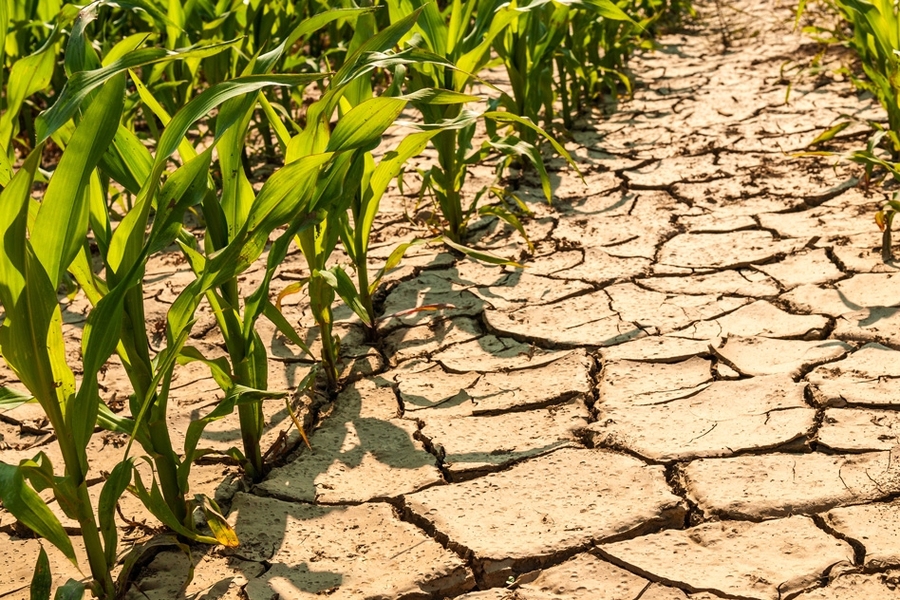Impact of Agriculture on Environment and Remedies

Agriculture is the world’s largest industry. It employs more than one billion people and generates tons of food annually. When agricultural operations are sustainably managed, they can preserve and restore critical habitats, help protect watersheds, and improve soil health and water quality. But unsustainable practices have serious impacts on people and the environment.
The need for sustainable resource management is increasingly urgent. Demand for agricultural commodities is rising rapidly as the world’s population grows. Agriculture’s deep connections to the world economy, human societies and biodiversity make it one of the most important frontiers for conservation around the globe.
While agricultural operations provide unique opportunities to conserve biodiversity, they also can threaten wild species and spaces. From habitat loss to pollution, agriculture contributes to many of the environmental challenges that we all need to address.
Four main impacts of agriculture on the environment
1. Degradation of Land
The degradation of land in one form or the other is a matter of serious concern endangering sustainability of agriculture. Landslides caused by rains and flowing water in hilly areas and deforestation, overgrazing and faulty cultural practices in the forest and other plain areas expose the soil to water and wind erosion.
2. Biodiversity
The world as a whole has a wide variety of agro-climatic conditions which harbor a wide variety of animals and plants. Plant diversity is something to marvel about. As agriculture is becoming more and more commercialized, a number of plant and animal species are becoming extinct.
3. Pest Problem
With the shift in crop pattern, increase in area under irrigation and higher cropping intensity, the pest problem has become very severe. The seriousness of pests has further increased by way of indiscriminate and increased use of pesticides.
The predatory birds and insect population has dwindled at a sharp rate causing lack of natural control of pests. The direct effect of high use of dangerous pesticides is on human and animal health. A large variety of cases of residual effect of pesticides and intake by human and animals have created health hazards
4. Disposal of Industrial and Agricultural Wastes
The use of agricultural by-products is not been made properly. The burning of such by-products creates increase in carbon dioxide and carbon-monoxide in the atmosphere resulting in respiratory problems for animals and human beings. There is need for recycling the agricultural wastes by having enterprises like dairy, poultry, fishery etc., processing of by-products and ploughing in the field as organic matter.
The mechanization of agriculture require various energy resources such as diesel, electricity, petrol etc. Moreover, higher use of fertilizers as well, has negative impact on the ecology of the country by air pollution. Affluent water, smoke and un-degradable solid waste from industries and domestic uses have also been responsible for toxicity in plant and animal particularly fish and unbalanced soil nutrients which needs to be checked through treatment plants.
Remedies
There is need for identification and implementation of better management practices for agriculture. There is also need to create financial incentives to encourage biodiversity conservation, improve agricultural policies, and identify new income opportunities for producers. When agricultural operations are sustainably managed, they can preserve and restore critical habitats, help protect watersheds, and improve soil health and water quality.
Collaboration with a wide range of players to:
- Convene multi-stakeholder roundtables that define and measurably reduce the impacts of growing priority commodities
- Identify and implement better management practices that protect the environment and producers’ bottom line
- Create financial incentives to encourage biodiversity conservation
- Improve agricultural policies
- Identify new income opportunities to ensure producers’ economic viability
Conclusion
While there is unlikely to be a “one-size-fits-all” solution for dealing with environmental concerns in agriculture, as agro-ecological conditions and public preferences differ across countries, policymakers must have at their disposal a deep understanding of, and capacity to measure, the linkages between policies and outcomes in order to evaluate and achieve better environmental outcomes in a cost-effective manner. We have to keep in mind of the negative impact of agriculture on environment.


